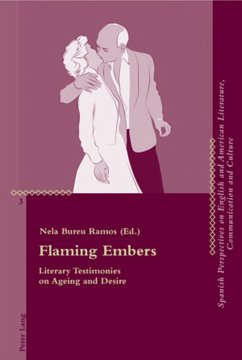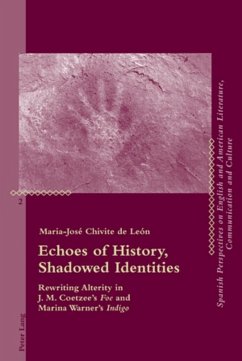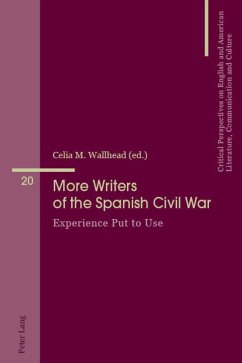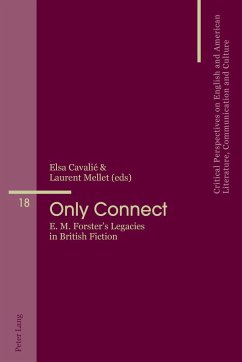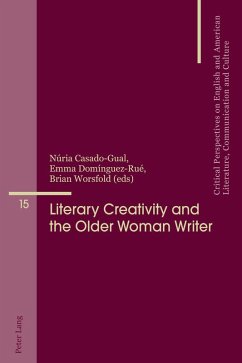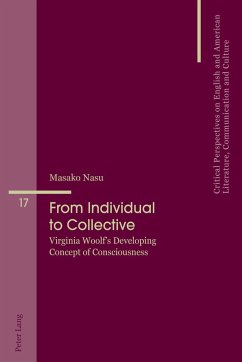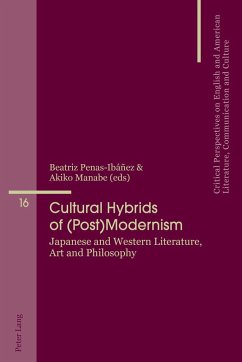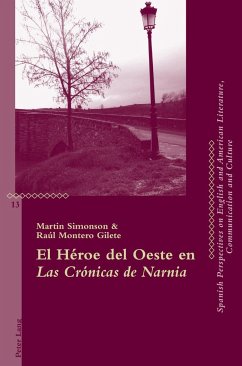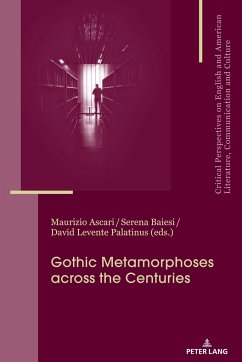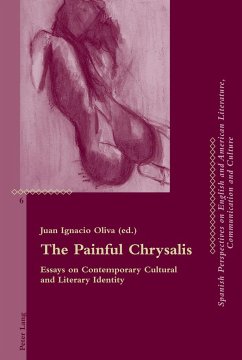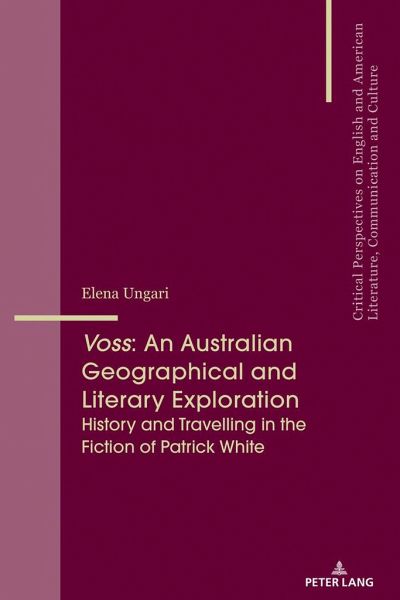
Voss: An Australian Geographical and Literary Exploration
History and Travelling in the Fiction of Patrick White
Versandkostenfrei!
Versandfertig in 6-10 Tagen
99,65 €
inkl. MwSt.

PAYBACK Punkte
0 °P sammeln!
This study of Voss by the Anglo-Australian Patrick White analyses the historical novel, set in the 1850s and concerning Voss's exploration of the interior of Australia, as a parable of the writer's exploration of the Australian historical, social and cultural context of the 1950s. The study employs a variety of critical apparatus including a post-structuralist and postcolonial approach, which also encompasses linguistics, sociolinguistics and comparative studies. This multi-level critical aid allows the examination of four levels of exploration utilised by the author.Following an analysis of t...
This study of Voss by the Anglo-Australian Patrick White analyses the historical novel, set in the 1850s and concerning Voss's exploration of the interior of Australia, as a parable of the writer's exploration of the Australian historical, social and cultural context of the 1950s. The study employs a variety of critical apparatus including a post-structuralist and postcolonial approach, which also encompasses linguistics, sociolinguistics and comparative studies. This multi-level critical aid allows the examination of four levels of exploration utilised by the author.
Following an analysis of the protagonist's geographical movement into the desert and his personal transformation, the study moves on to an exploration of the narrative itself. It explores how the novel becomes subject to change, absorbing and contesting a variety of literary genres ranging from the 'chronicle' to the parable. Through this multi-level approach, the study demonstrates the variety of readings the novel stimulates and displays its rich intertextual and subtextual elements and links.
Following an analysis of the protagonist's geographical movement into the desert and his personal transformation, the study moves on to an exploration of the narrative itself. It explores how the novel becomes subject to change, absorbing and contesting a variety of literary genres ranging from the 'chronicle' to the parable. Through this multi-level approach, the study demonstrates the variety of readings the novel stimulates and displays its rich intertextual and subtextual elements and links.





